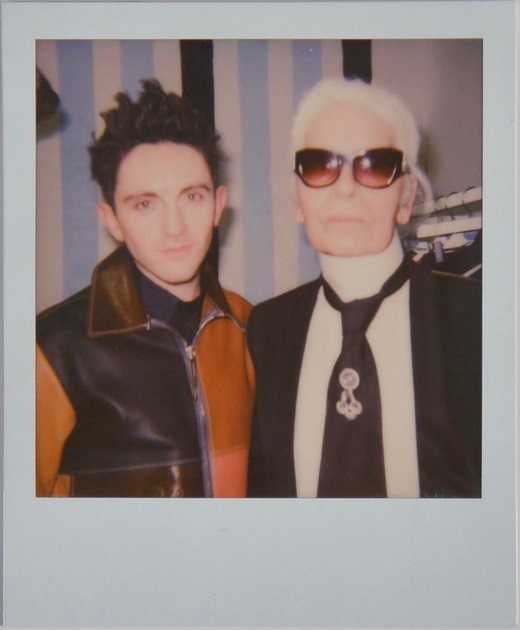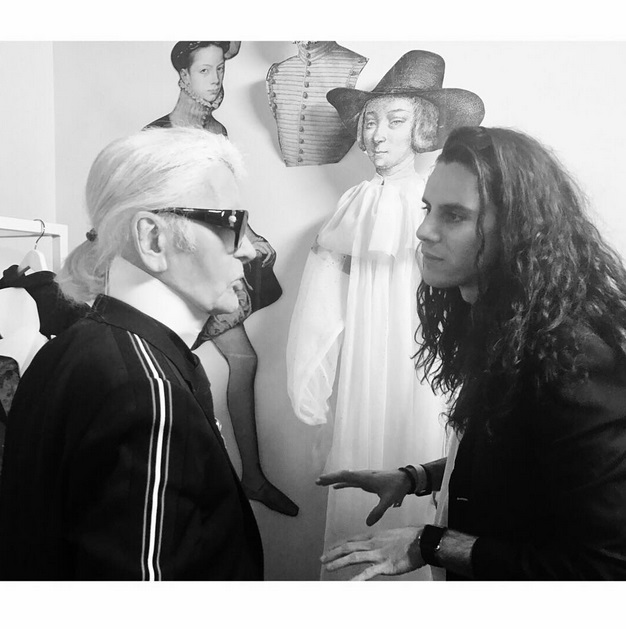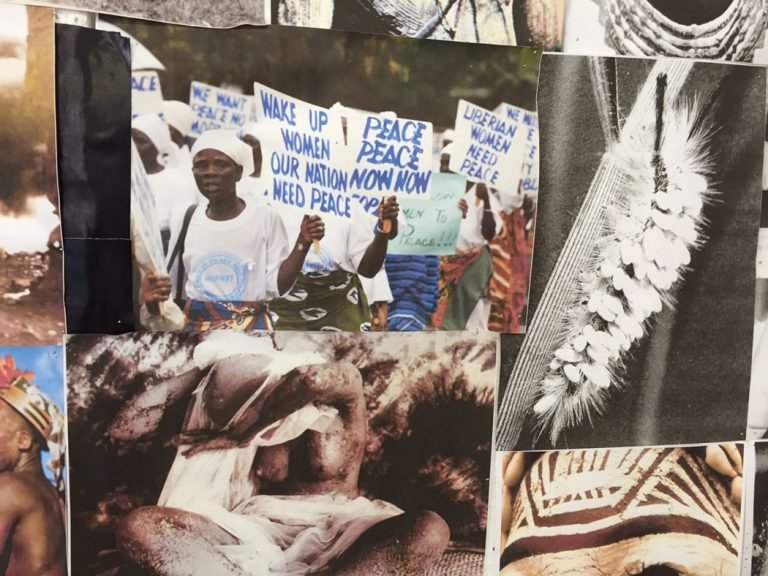Let’s look more deeply into the LVMH prize for young fashion designers. The luxury goods conglomerate doesn’t understate when they say they are looking for young brands. Competition guidelines state that the participants can’t be over 40, but some of the designers only launched their label last year. Antonin Tron for example, founder of Atlein, presented his first catwalk collection (and third ever) during Paris Fashion Week. Same goes for Cecilie Bahnsen, RCA-graduate and previous Erdem-employee. Based in Denmark, she showed her first catwalk collection in January: “I chose to show at Copenhagen, which is a risk because it’s smaller, but they found me there. It’s amazing that they managed to pick up designers around the world and that the scouts see you everywhere,” she said.
The prize was founded to support young design in Paris and add a touch of avant-garde to the capital of couture. But with seven of the nominated labels based in London, three in New-York and three in Tokyo, only two reside in the French fashion city. Other designers travelled all the way from Spain, Seoul, Taiwan or New-Zealand, giving the award an undeniable worldly image.
Next to young and international, this year’s selection is extremely diverse. Charles Jeffrey, whose East-London club nights fuel spontaneous and colourful collections, couldn’t be more different from the Syrian-born artist-doctor Nabil El-Nayal. The London-based designer is pairing his fashion label with a PhD in Elizabethan dress and uses in-depth archival research into historic construction techniques as a starting point for his collections. And the conceptual, process-led dresses of Katherine Mavridis, made out of a single thread, are hard to compare to the deconstructed menswear seen at Martine Rose. What LVMH looks for above all, is a strong and clearly defined vision. No trends, but consistent identities that can slowly be developed.
A few designers found inspiration in their resistance against recent political changes. Daniel Fletcher, for example, felt the need to bring a more formal collection for AW17, wanting to be taken seriously as a young person. “We’re in such a politically turbulent time, and in the past few months our views were completely overlooked,” the Central Saint Martins-graduate explained. “As a result there’s more tailoring in the collection – if I have to wear a suit to be taken seriously by these politicians, I’ll do it in my own way: turned inside out and with lining all over the outside.”
Maria Kazakova, founder of New York-based Jahnkoy, is attracted to fashion for its power to connect. Through her sustainably-produced designs, Maria hopes to “unite people that have similar values and want to contribute to the world.” Richard Malone as well, aims to produce as responsibly as possible and his entire collection of geometric weaves is produced in U.K. mills, the label of which can be found on each garment.













